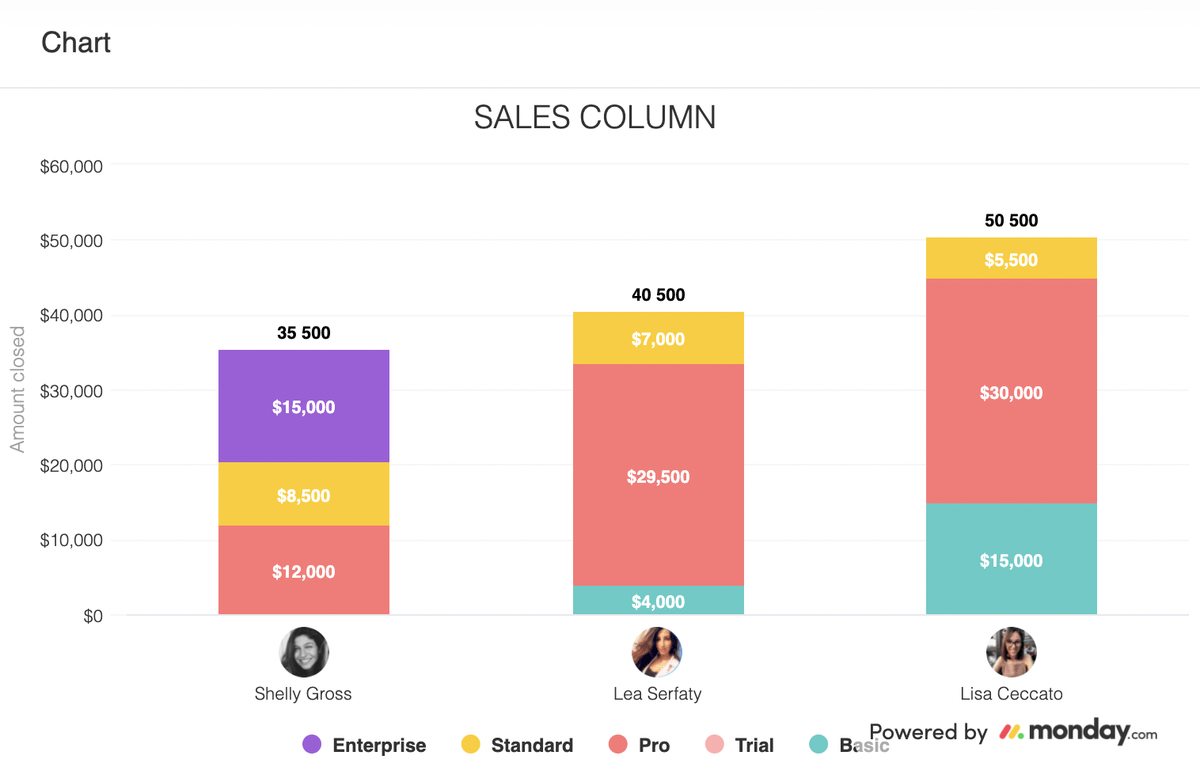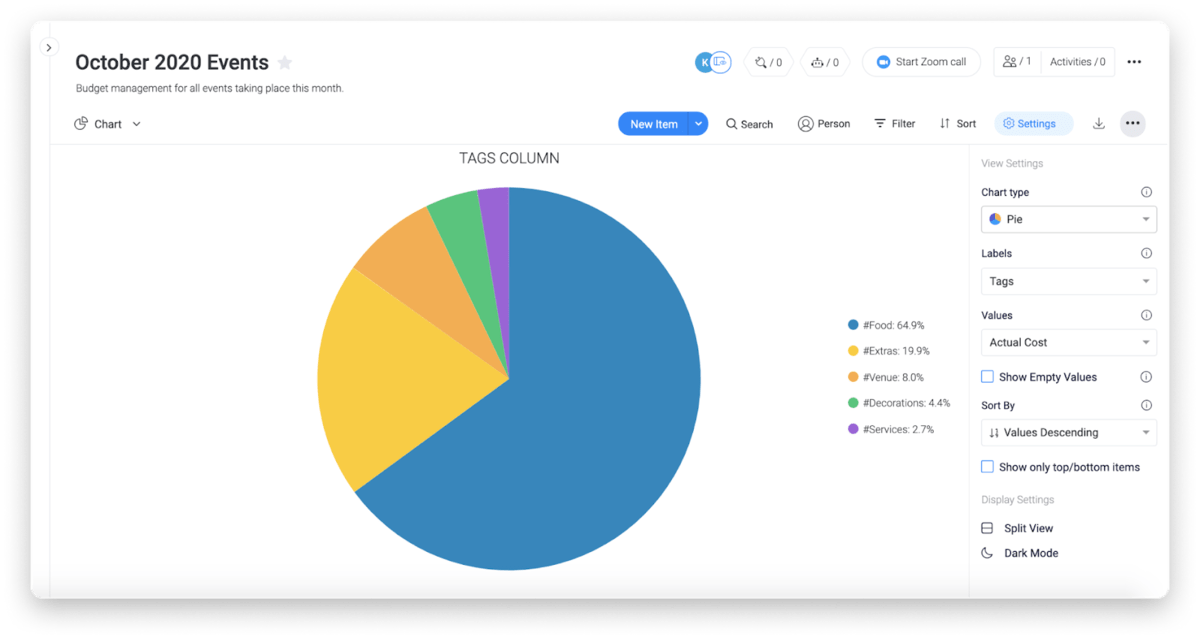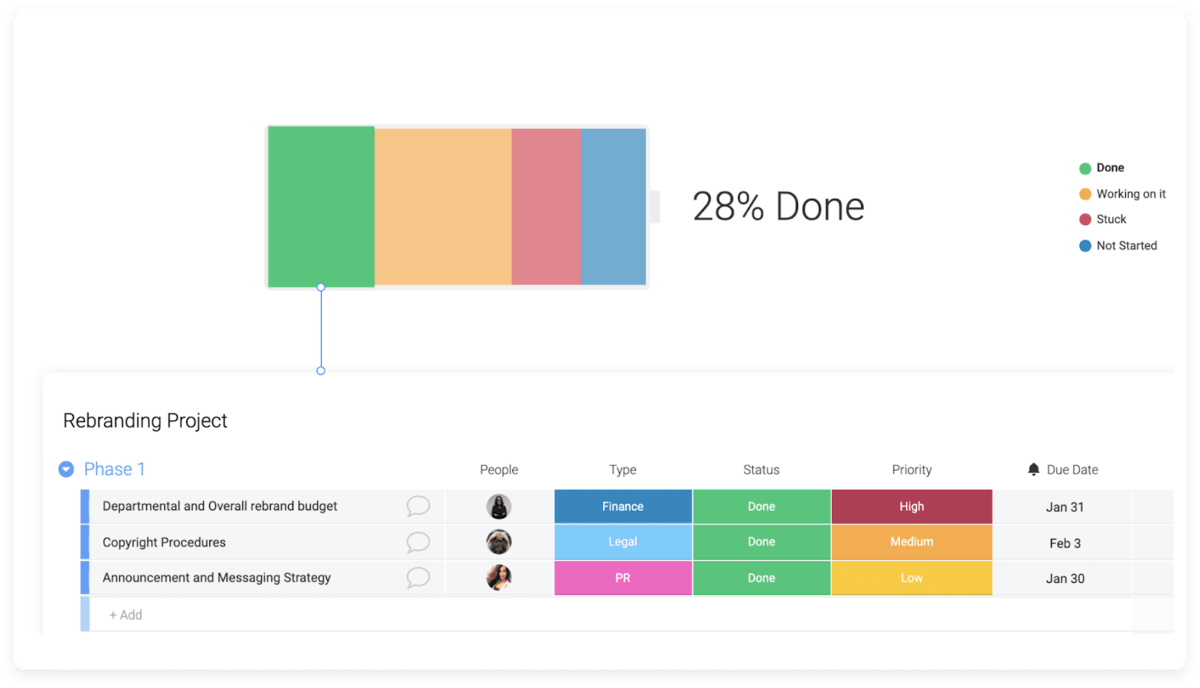If you’ve just pitched a new project to your senior leadership team and have been asked to put together a business case, you might be feeling a little lost.
Rest assured, though, that even the best business case builders were in your shoes at one point in their career, and they probably had a whole lot less support than you do.
After all, you’ve got this comprehensive guide to drafting a business case by your side.
In this article, we’re going to give you an overview of what business cases are and why they’re important, before diving into an 11 step process to writing your own.
What is a business case?
A business case is essentially a document designed in the early stages of a project which outlines:
- Why the project needs to take place — that is, the problem it seeks to solve
- What the project entails
- How the project is going to be undertaken
- When the project needs to be completed by — that is, the project timeline
- Who is going to be involved throughout the project
This helps business executives determine whether or not it’s a project worth continuing with.
It differs from a project proposal in that the proposal focuses more heavily on the why of the project and typically includes sections such as:
- The company vision
- The need for the specific project
- Any expected benefits upon completion
- How the project fits with the company’s overall strategy
- Broad times and cost estimates
- Organizational impact
A business case — created during what’s known as the project initiation phase — is much more detailed.
Who prepares a business case?
The title of the person responsible for preparing a project business case differs based on business structures and the specific project management methodology that a given company adopts.
In most structures, the Project Sponsor — or Executive in the PRINCE2 project management methodology — who is generally a senior executive-level staff member, takes responsibility for the project.
But they may not necessarily prepare the business case document themselves. More often, this person will delegate to the Business Analyst or Project Manager to physically prepare the business case.
For larger projects, the Sponsor may choose to collaborate with others to produce a compelling business case. These people might include:
- End users
- Industry and subject matter experts
- External consultants
- Suppliers
- Cost-benefit analysis experts
The use of these external parties can mean the difference between a mediocre business case and a great business case.
When you involve your main stakeholders, the proposed solution and project plan are built on a strong understanding of business impact, financial metrics — such as cost savings — and user needs and requirements.
Okay, then what happens?
Once the project team feels they have a strong business case to present, it is put forward to the project’s key stakeholders — often the remainder of the executive team — who then decide on an outcome for the project.
This outcome is typically one of the below:
- Accepted
- Rejected
- Canceled
- Deferred
- Revised
It’s not uncommon that a revision of a proposed project business case is required. This is especially true when the scale of business change is quite large or a high level of operational cost is involved.
With this in mind, it is often wise to develop your business case incrementally so that you don’t waste any unnecessary time on elements that don’t give the executive team what they need to make a decision.
Why do you need to create a business case?
Creating a business case is often a very labor-intensive undertaking. So, what’s the point?
Can’t you just convince each decision-maker or stakeholder separately, explain the financial benefits at hand and the pain points you’ll solve, and then get on with it?
Well, there are a few reasons why this approach might not work:
- Stakeholders may not always agree on the necessity of the business benefit you’ve proposed
- Projects cost money, often quite a lot of it, and executives need to assess this cost against cash flow
- Decision-makers need to determine whether your proposed project aligns with the wider business strategy
In short, the project stakeholders need to understand whether this is a wise investment decision, which often involves comparing your business case to other potential projects.
Many projects start out as great ideas which seem simple to implement but fail due to a lack of clarity in direction, scope, cost, and expected benefit to the business.So, crafting a sound business case actually has a tangible benefit for you as the project manager, as you’ll invest the time upfront defining the organization of your project, carefully calculating budgets and timelines, and analyzing any major risk points to prepare for.
How to write a business case: 11 steps
We mentioned earlier that writing a business case is no small undertaking.
So, to help you get from A to B, let’s break this process down into 11 bite-sized chunks.
1. Describe the business problem
The first step when writing your business case is to define the problem your project proposes to solve.
The good news is, you should already have a pretty sound idea of this. After all, you’ll have designed the project in light of that problem and discussed it during the initial project proposal.
When detailing the business challenge, you should provide as much detail and evidence as possible.
For example, rather than stating, “We aren’t signing up enough Enterprise customers,” you should quantify this as “Enterprise customers make up only 11% of our sales revenue.”
Then, back this statement up with your actual figures. If you’re already using a smart Work OS like monday.com, reporting on data such as this is quick and simple.

2. Outline your vision, goals, and objectives
Next, you’re going to outline the vision, goals, and objectives of the project.
Wait. Aren’t these the same thing?
Not quite.
Your vision is high-level, and represents that big end goal you hope to achieve.
For example, in our article titled “Our vision for the next generation of management tools,” we mention that part of that vision is a Work OS that is fast.
Then, we define one of the goals that vision looks to achieve:
“When a product is fast, each function can exist in one place only. Yes, people need to click more to get to where they want, but they don’t mind because it’s fast. With fewer buttons and functionalities, your product remains streamlined and simple.”
We then go down another layer and describe the objective, which is an actionable, measurable metric:

When crafting your business case, you should use the same framework:
- Starting by describing your vision, your dream
- Detail the goals that will be achieved by the realization of this dream
- Discuss measurable objectives
3. Identify possible solutions
There’s almost always more than one way to do things. You’ve probably considered a multitude of options when landing on your final proposed solution, so now’s the time to share that.
This is important, as it will not only show your stakeholders that you’ve investigated multiple options — rather than just running with the first ball you pick up — but it will reduce the number of questions and suggestions from them.
In this section of your business case, you’ll outline a few possible solutions, as well as the pros and cons of each. You should weigh up the risks involved in each, as well as the benefits each provides and the costs involved.
You don’t need to create full budgets for each solution — you’ll only do this for the project you’re planning — but a table, such as this one in monday.com, can be helpful to demonstrate it visually:

4. Recommend your preferred solution
Directly after an analysis of the available solutions, you should make a case for your preferred solution.
This will highlight why your preferred solution is the best fit from the standpoints of:
- Associated risk
- Incurred costs
- Realized benefits
- Overall company fit
5. Detail project specifications and requirements
This is where you describe the ins and outs of your project in detail, including information such as:
- The scope of your project — what is and isn’t included
- Parameters that describe the success or failure of the project
- Potential add-ons or future developments
Basically, you’re discussing in detail what the outcome of your project looks like.
It may be wise here to present 3 different options: best, good, and minimum viable product (MVP). This will show the executive that you understand the minimum scope required for this project to be successful but have considered further refinements that add more value.
It means that if you’re unable to get the full project across the line, you might still be able to move forward with the MVP in the interim.
6. Designate key stakeholders
In this section of your business case, you should briefly discuss who’s going to be invested in the project and in what regard.
This might include executives, subject matter experts, and end-users.
7. Develop the project plan
Your project plan is an outline of the steps involved in implementing your project.
It should include:
- Key dates
- Milestones
- Dependencies
You can learn more about putting together a project plan together in our guide: How to write a killer project plan in 6 simple steps.
At this stage, you don’t want to dive too deeply into planning your project, as the scope may change after presenting your business case.
At a minimum, though, the project plan should denote key phases and dates, like this project plan created in monday.com:

8. Outline the project budget
Of course, the team you’re submitting your business case to is going to be very interested in the costs associated with your project.
So, you should carefully plan out the project budget and aim to make it as accurate as possible.
It might be a smart idea to add a little contingency money in there too, so you’re less likely to go over budget.
43% of projects do end up overspending, so it’s wise to get out in front of this risk.

9. Allocate project resources
This section of your business case is where you’ll discuss who is going to be working on your project and what aspects of the project plan they’ll be working on.
You’ll detail the particular skills required from your project team to deliver the project throughout its lifecycle.
10. Determine how you’ll monitor progress
You’re going to have to report on project progress. This might be on a monthly, quarterly, or weekly basis, depending on the scope and length of the project.
You can use this section of your business case to describe who’ll be responsible for this, how and when you’ll report on project progress, and what metrics you plan to use.
Examples include:
- The percentage of the project that’s complete
- Specific sub-tasks that are complete or underway
- Progress against expectation
You should put some thought into how you’ll obtain this information, too. The last thing you want to be doing is be spending 2 hours every Friday creating project reports.
To avoid this, you should plan your project out in a capable Work OS like monday.com, which allows you to create custom dashboards, like this one:

P.S. You can learn more about project reporting here.
11. Write your Executive Summary
The last step in creating your business case is actually going to be the first section: the executive summary.
The executive summary should be no longer than a page and will give an overview of your entire business case. It should include the following details:
- The project goals
- The final deliverables of the project
- Scope and risks
- Project milestones and an overview of the timeline
- Budget estimates
Follow the 11 steps to business case success
Feeling motivated to get cracking on your business case and get that important project across the line with your executive team?
Let’s recap on the 11 steps to creating an effective business case:
- Describe the business problem
- Outline your vision, goals, and objectives
- Identify possible solutions
- Recommend your preferred solutions
- Detail project specifications and requirements
- Designate key stakeholders
- Develop the project plan
- Outline the project budget
- Allocate project resources
- Determine how you’ll monitor progress
- Write your Executive Summary
You’re also going to need a sound solution for developing this out, storing documentation, communicating with your project team, and determining budget and costs.
Why not make monday.com that solution? You can get started straight away with our project proposal template and save yourself a bit of setup work.

